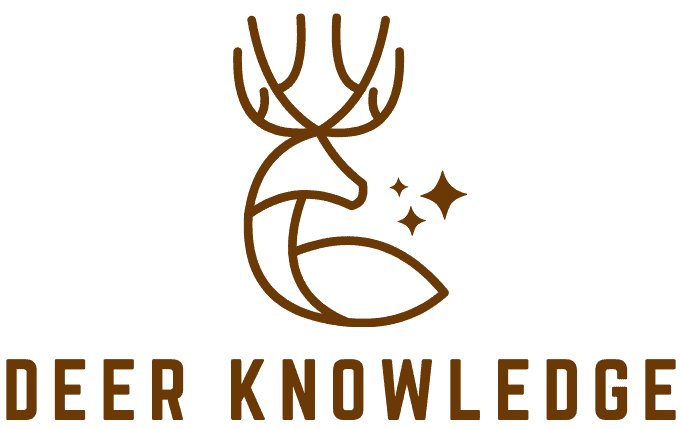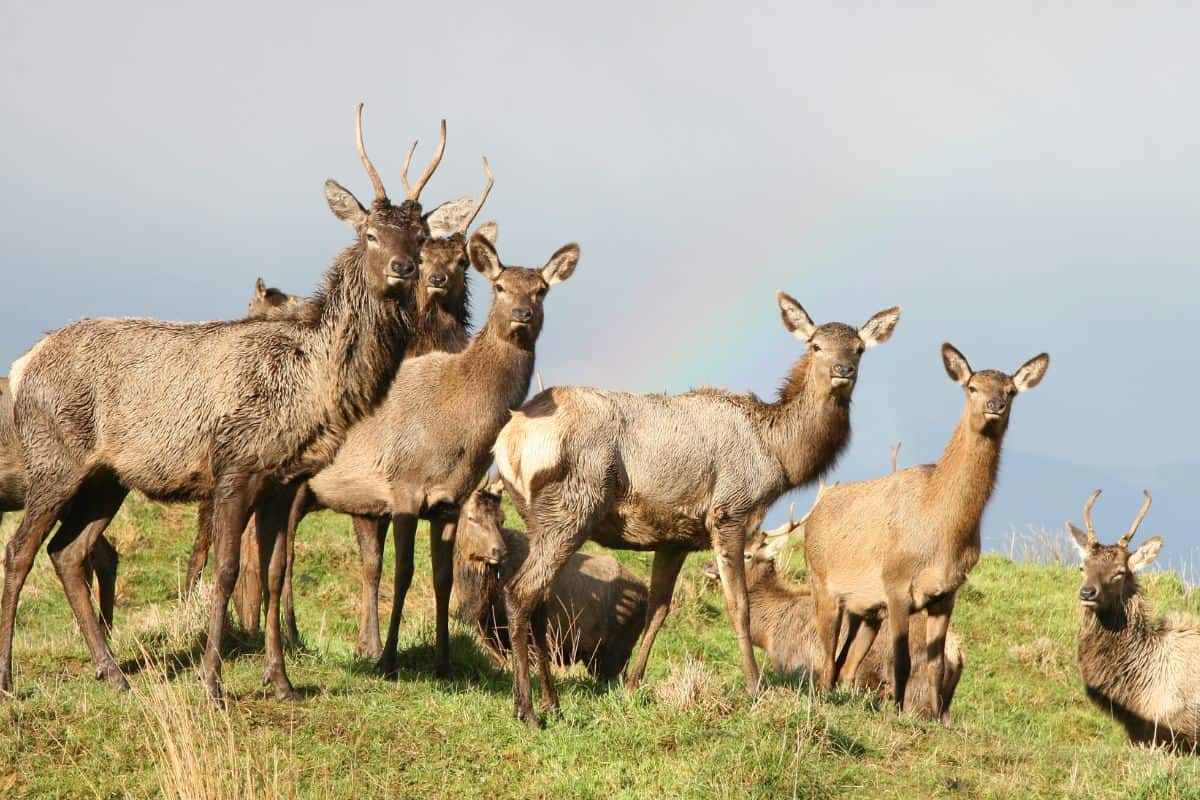When out and about, you might well have spotted a group of deer and wondered to yourself “what do you call a group of deer?” Your first thought may well have been “herd,” and while that’s certainly not incorrect, there are actually a whole host of names that are considered correct terminology.
So with that in mind, let’s look at some of the words that we can use to describe groups of deer.
What’s a Group of Deer Called?
Deers forming large groups are often referred to as a “herd.” However, there are many other acceptable terms for a gathering of deer, including but not limited to the following:
– A mob of deer
– A parcel of deer
– A bunch of deer
– A rangale of deer
– A bevy of deer
– A gang of deer
– A leash of deer
As you can see, there’s a whole host of acceptable terms to use when referring to a group of these lovely creatures. In fact, just the word “herd” can actually be used to describe more than one group of animals – for example, a herd of cattle or a herd of goats.
In case you’re unfamiliar, rangale is derived from the French word Rengaille – meaning “the body of an army.” That is quite an apt description when referring to a large group of these beautiful creatures moving together across the plains or forest floor.
Bevy comes from Middle English “bevey”, meaning “a group of deer, quail, larks, or young ladies.” Etymologists and other scholars still don’t know why that word was chosen for the groups listed above – but it’s certainly a fascinating one.

Do Deer Often Congregate into Herds?
Yes, in fact, female deer often congregate in herds for much of the year – with males only joining them during their mating (“rutting”) season to set up and defend territories.
Herd gathering behaviour is far more common in the winter when deer often amass to create “deer yards.” These spaces help deer to stay warm during the winter by protecting them from harsh winds and low temperatures. Some will even form these large gatherings on open hillsides or even in city parks. However, it’s more common to see them gather in sheltered areas such as forest clearings or valleys.
Generally, the denser the vegetation in an area, the more likely it is that you’ll see a deer herd there. It’s also worth noting that although females do tend to gather together in the fall and winter, they are far more solitary at other times of the year. Males tend to be a bit more nomadic outside the mating season. During the spring and summer months, males generally tend to travel alone.
What’s the Correct Plural of Deer?
You might see several deer and wonder what the correct term is, particularly if English isn’t your first language. Well, the good news is there’s no difference between the singular or plural form of the word deer. You can see a single deer or view a herd containing several deer.
“Deers” is incorrect, however, since it’s not a word in the English language.
This follows the pattern shared by many animals, who have the same noun form for both singular and plural use. Well-known examples include:
– Buffalo
– Moose
– Sheep
– Fish
– Elk
– Moose
– Antelope
So, regardless of whether you see one white-tailed buck crossing the plains in the autumn – or a herd that’s thousands of strong – the term is exactly the same: deer.

Final Thoughts on Correct Deer Descriptors
Hopefully, you’ve now had any confusion surrounding the terms used to describe large groups of these animals cleared up. Yes, “herd” is the most widely-used term for a group of them – even though they’re not technically considered conventional “herd animals.” But there are plenty of quirky alternatives out there as well.
Lastly, the plural term for deer is exactly the same as the singular – so don’t worry about getting that wrong either.
So when you next spot a bunch of these gorgeous creatures grazing in a meadow – or when you find yourself out in the wilderness and see a big herd of them in the distance – you’ll know just what they’re called!

